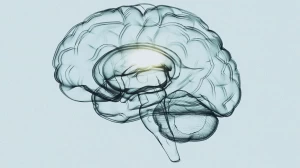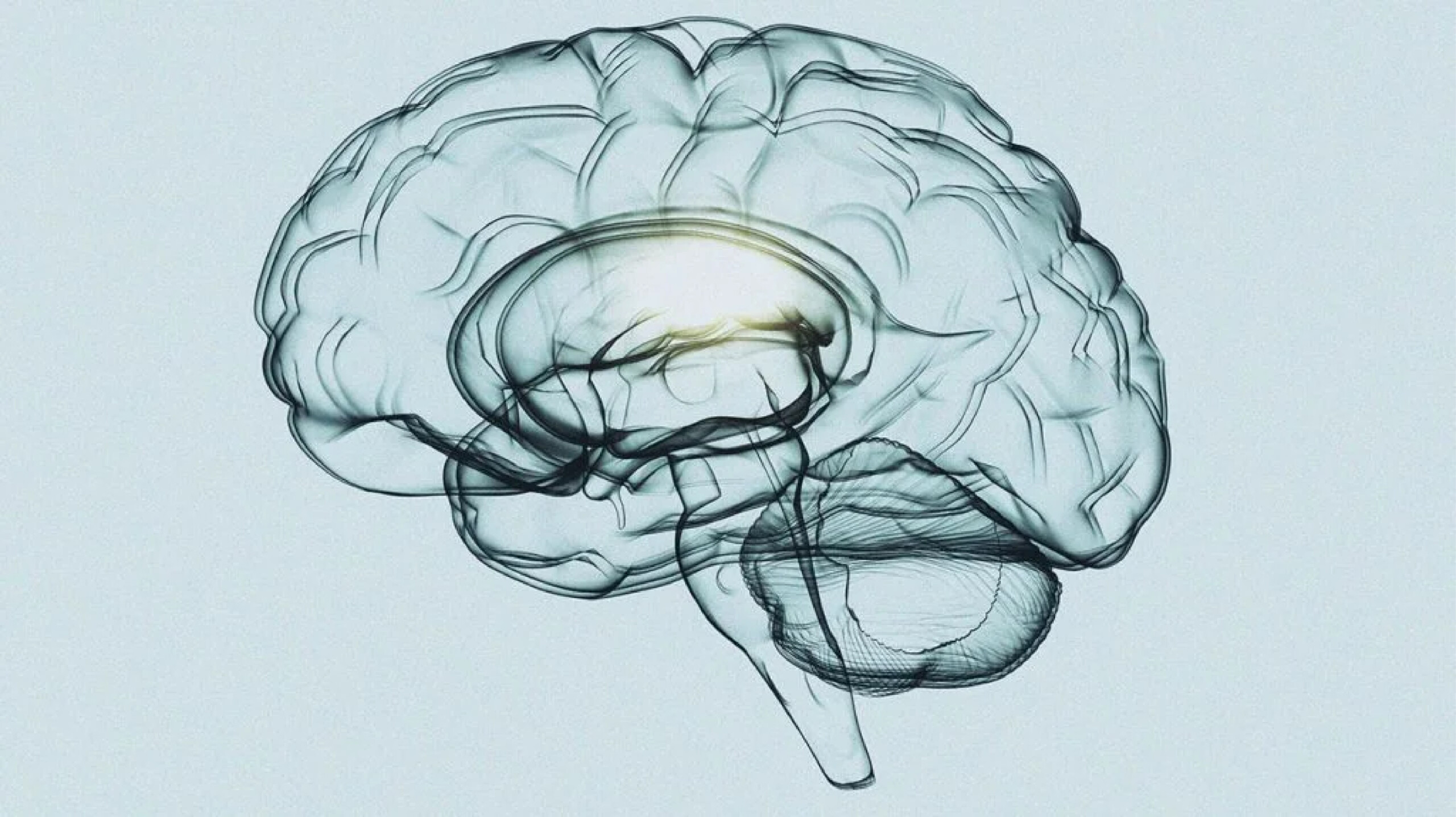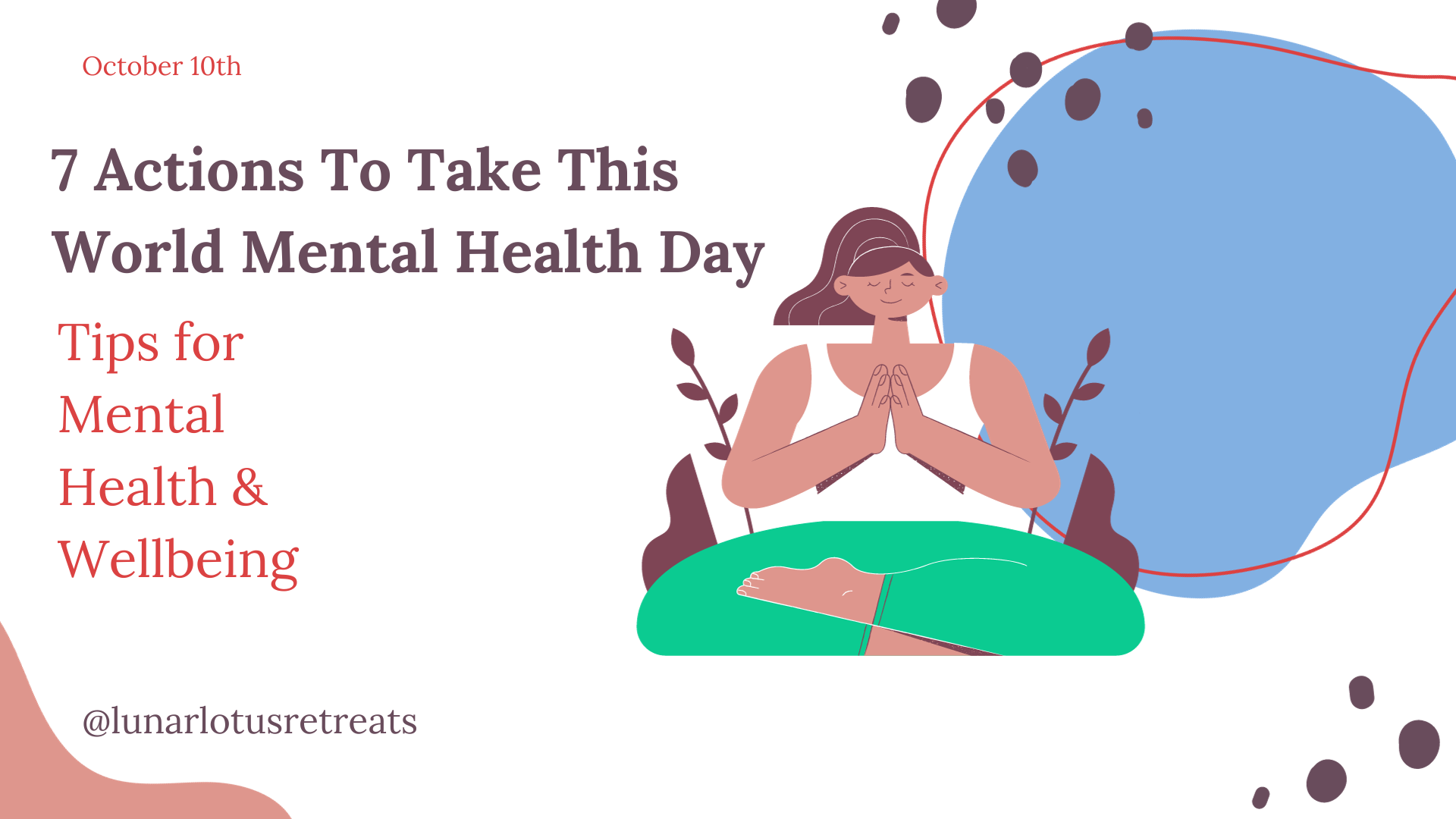What is it? | Is it a bad thing? | Signs and symptoms | Finding Your Pause | Prevention
Most everyone by now has heard the term “Fight or Flight.” Fewer may have heard the more inclusive term “Fight Flight or Freeze.”
Today we’ll talk about what they are, why they exist, and how you can train your system to not run away with itself.
Fight-or-flight as a response to a threat
Early humans developed a fight-or-flight response to deal with threats and dangers. This is an automatic response to danger, and it allows people to react quickly, without the need to think.

The amygdala is the part of the brain responsible for this reaction. When a person feels stressed or afraid, the amygdala releases stress hormones that prepare the body to fight the threat or flee from the danger.
Common emotions that trigger this response include fear, anger, anxiety, and aggression.
But what about Freeze?
Well freeze has its purpose in certain situations. You’ll notice a lot of prey will become frozen in place to try and disappear into the background so a predator perhaps thinks they’re not there anymore. For a human, a common version of freezing might be against a single bee. A bee hive? You’d run. But a single bee you might just hold very still till the bee moves on.
So is this a bad thing?
Again, this is up to interpretation, and is situational. What do I mean? Well the brain has different centers that are responsible for their own parts in decision making. It is the frontal lobes that usually drive your normal day-to-day actions.
They are where a person rationalizes situations and makes decisions. The amygdala, on the other hand, is reactive and emotional.
So, although the amygdala works automatically, the frontal lobes allow people to process and think about their emotions.
When a person senses a threat, the amygdala may automatically activate the fight-or-flight response. However, the frontal lobes process the information to determine if the threat is real and what a logical response would be.
In a sense, the frontal lobes and amygdala are at odds with each other.
Amygdala Hijack
So, why do people freeze up, or go ‘postal’? Well essentially their higher brain functions have turned off for the moment, and the amygdala has taken hold of the steering wheel without consulting anyone.
This is a term called ‘amygdala hijack.’
It refers to situations wherein the amygdala hijacks control of a person’s ability to respond rationally to a threat. This then leads to the person reacting in an intense, emotional way that may be out of proportion to the situation.
Without the ability to use their frontal lobes, a person is unable to think clearly. Therefore, they are not in control of their responses.
But whyyyy? This seems so unhelpful!
Think of it this way: You’ve got seconds to decide what to do about a LION in front of you, and you’re an incredibly indecisive person. Welp, that didn’t work out to well if you sat there pondering in thought.
Although the brain is incredibly fast, sometimes it’s still too slow to make a decision, and then activate your hormones and muscles to actually take action. In fact the brain might think its way into inducing panic if it doesn’t get the push that it needs in an emergency. (We do that all the time in modern life, but that’s a different topic for a different day.)
So the amygdala is prepared to take over in a pinch and run the body into an efficient state of “let’s do this!”, when it perceives a threat. Let’s take a quick look at what shifts occur in the body. You’ve likely experienced these feelings without even realizing it.
Signs and symptoms
- The amygdala causes the adrenal glands to release the hormones adrenaline and cortisol into the blood.
- Adrenaline causes the air passages in the body to dilate. This allows the body to supply more oxygen than usual to the muscles.
- This hormone also causes the blood vessels to contract, allowing the body to redirect blood to the major muscle groups, including the heart and lungs.
- The release of adrenaline also causes the pupils to dilate, thereby enhancing a person’s vision.
- During the fight-or-flight response process, the body also increases its blood sugar levels in order to increase energy levels.
All of these reactions take place to allow a person to fight the danger more effectively or to flee from it if necessary.
If a person is in genuine danger, everything above is appropriate to their situation. This is when the fight-or-flight response is effective.
However, if the threat or danger is not real or not very high and a person’s body still reacts by experiencing everything above, they may be experiencing amygdala hijack.
Some other signs and symptoms of amygdala hijack include:
- a rapid heartbeat
- sweaty palms
- goosebumps
During amygdala hijack, a person may react in a way that they could regret later. This may include being aggressive, argumentative, or violent in a manner that is dramatically out of proportion to the situation.
Then how do I get to Pause, instead?
Often people think they’re stuck with this limited set of options, but a person can ease the symptoms of amygdala hijack. Over time, they may also be able to stop them altogether. Humans have demonstrated that a person can be trained to be calmer in emergency situations with the proper training.
Proper training? That’s vague. Well really it boils down to repetition for your nervous system.
Have you ever seen the movie Jarhead with Jake Gyllenhaal? When the soldiers are in boot camp there is a scene that shows them crawling through the mud while grenades and guns are going off around them.

Their staff sergeant explains that they are training out the fear from their systems, by making the experience more normalized.
Now obviously for the standard civilian experience this sounds a bit extreme, so let me provide some slightly different examples.
A great resource on this topic is Episode 6 of Human: The World Within. They interview two women that are both training their nervous systems, for totally different purposes.
One is a boxer, the other a survivor of a hurricane who decided to become a trained first responder.
These women opted to find situations that would train their nervous system into feeling more prepared for situations that might otherwise cause their amygdala to feel threatened into fight/flight/freeze.
This has to do with how incredibly adaptable our nervous systems are.
When we associate a certain experience as a threat, we might get triggered every time a similar situation occurs. OR we can use this to our advantage and retrain our systems with a new set of instructions where we feel equipped to absorb our surroundings, and make informed decisions about what action to take next.
This is why we believe that both Mindfulness and Self-Defense Training are SO important for this reason.
If the person feels the symptoms of amygdala hijack beginning to appear, it is important that they take the time to try to activate their frontal lobes.
For example, if they feel stressed and their hands begin to sweat or their heart rate quickens, they should try to take a break and walk away from the situation that has triggered this response.
If the person takes a short break and calms down, they may then be able to rationally think about the situation and decide on a more appropriate response to the stressor.
It is a good idea for people to try to understand how their body reacts to stressful situations. This could mean thinking about previous instances of amygdala hijack in order to see what triggered the response.
In doing this, the person may be able to prevent such a response in the future.
How We Can Help
We believe that a person’s entire system needs to be included in the education and training, when learning to protect one’s self. After all, the entire person interacts as a whole when faced with stressful or traumatic experiences.
Because of this, we combine a unique blend of Krav Maga, with knowledge from many other realms of Health and Wellness, including:
- Empowerment Coaching
- Collaborative Learning
- Breathwork (Pranayama)
- Training the Central Nervous System (fight/flight/freeze response)
- Mindfulness Techniques
- Body Mind Education and Connection
- Downloadable Meditations
Feel free to reach out with any questions, or
Schedule Your Free Consultation Call
How a psychologist can help
If you continue to feel overwhelmed, consult with a psychologist or other licensed mental health professional who can help you learn how to control your stressful emotions. He or she can help you identify problem areas and then develop an action plan for changing them.
**Disclosure: This blog is not meant to be a replacement for professional/licensed therapy.
Many people enjoy the DIY of mental health, but almost everyone needs support at one time or another, and no one should feel alone in their pain.
While almost anything can be found on the internet, if you’re in need of professional help do not hesitate to contact a licensed therapist.





